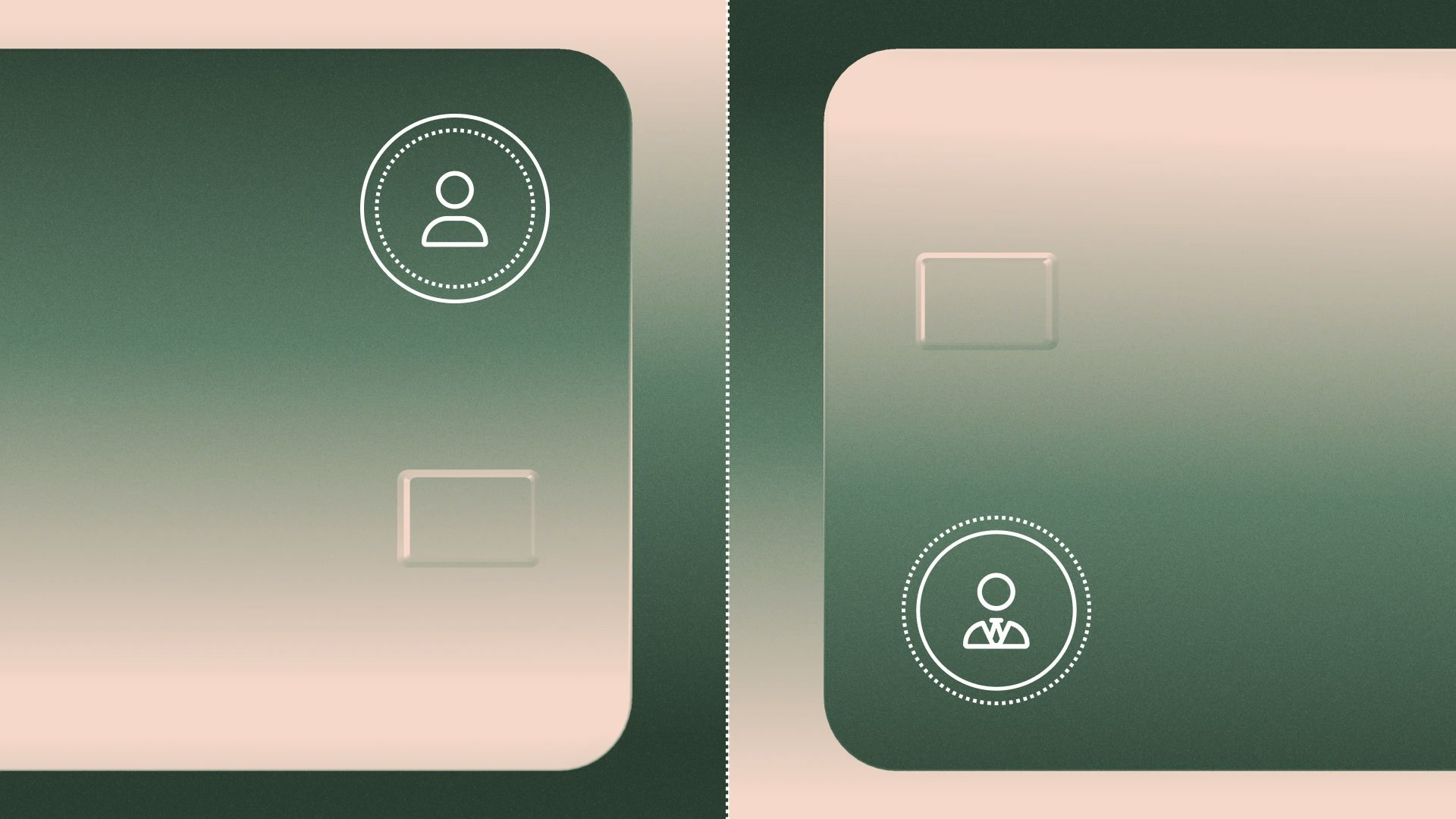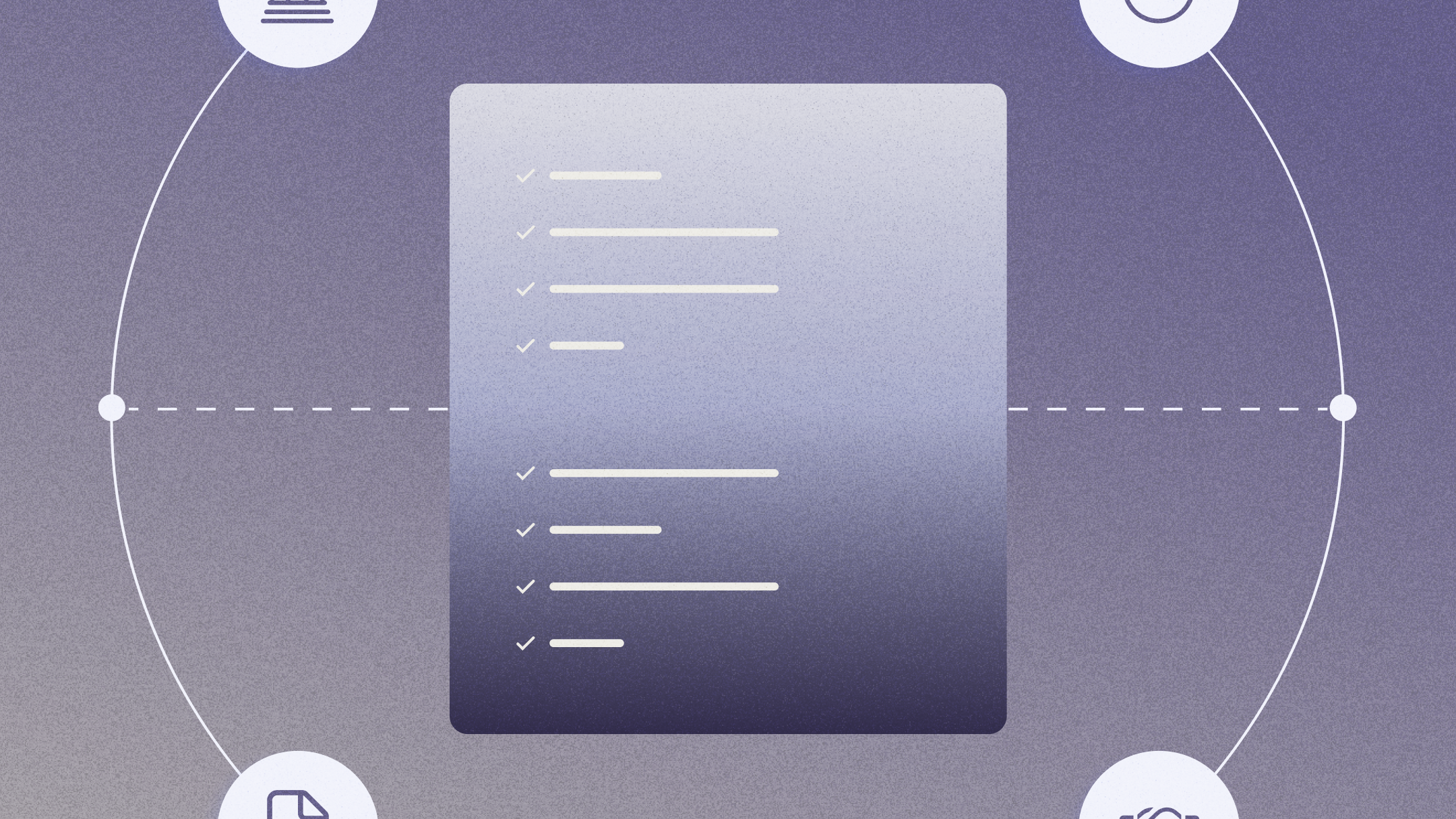How to price your first consulting package

Former product manager turned content marketer and journalist.
If you’ve made the leap and started your own consulting business, you’re probably feeling exhilarated — and maybe a little overwhelmed, especially when it comes to pricing.
New consultants are often confident in their services, but hesitant about their pricing. In the consulting industry as a whole, pricing is often very opaque. So, you might wonder how you should price your consulting package so that your rates reflect your value and don’t leave money on the table.
If you’re feeling stuck trying to figure out the best pricing strategy as a consultant, here are a few next steps and best practices.
Determine your pricing model
The way you present your pricing to a potential client could ultimately sway their decision. Consultants typically opt for one of the following models:
- Flat rate: You price the project based on a specific set of deliverables.
- Tiered: You offer multiple flat-rate packages at different price points, and the client selects one based on their needs.
- Retainer: You offer a recurring set of work every month at a fixed rate. This could be a certain number of work hours or a quantity of deliverables per month, often with some flexibility to roll time or deliverables from one month to the next.
You might also offer add-on services above your base pricing. By including that cost in your proposal, clients can see the additional value you could bring to a project. Even if they aren’t ready to commit to add-ons yet, they’ll have the information for the future.
Hourly vs. value-based pricing: Pros and cons
Many consultant pricing strategies are based on an agreed-upon number of hours worked for the client, paid at an hourly rate. A consultant agrees to devote ten hours to the client per week, as an example. A benefit of an hourly pricing model is that it’s very straightforward for both you and the client to understand.
The problem with this pricing model is that it doesn’t reflect your value as a consultant. If you’re efficient at your work — and you’ll likely get faster the longer you work with a client — you can get more done in less time. So, to fill the time you’ve agreed to work, the client may end up giving you more tasks.
If you’re still struggling with how to price your work, start with your final salary at your last corporate role, or how much you think a company would pay a full-time person doing the same work. Break the salary down into an hourly rate, factoring in the number of hours you’ll work in a year. Then, multiply the hourly rate by the amount of time you think the project will take. Add an additional amount, such as 20%, to cover costs, such as insurance costs, time off, business expenses, and any unknowns. This equals your flat rate for the project.
Example:
Preferred annual salary: $100,000/year, including 3 weeks off
Hours worked per year: 49 weeks x 40 hours per week = 1,960 work hours per year
Hourly rate: $100,000 annual salary ÷ 1,960 work hours per year = $51/hour
Total project rate: $51/hour x 40 hour project = $2,040 + 20% for additional costs = $2,448
Define your project scope and boundaries
No matter which pricing model you use, you’ll need to tie your pricing to a project scope. In other words, what, exactly, are you promising in exchange for your fee?
Let’s say, for example, you’re offering your services as a fractional CFO or CMO. Will you develop a strategy for your client? Join weekly meetings? Prepare reports?
A clearly defined scope is critical because it ties your work to the payment. You don’t want to get in a situation where clients refuse to pay you because they don’t think you’ve delivered.
You’ll also want to outline your boundaries in the scope of work, including your response times and how you’ll communicate with clients (whether that’s via Slack, email, etc.). Also clearly outline how many meetings you’ll attend. Consultants often feel pressured into responding to clients at all hours, but you’ll want to tend to your well-being and protect your time — especially if you’re juggling multiple clients.
Common consulting pricing strategy mistakes
You may have a number in your head, and maybe you’ve even worked out a few different pricing packages. But there are still some common mistakes that many consultants make — especially first-time consultants — that are worth learning from.
Pricing too low
If you charge too little, you’ll have to take on more clients or work long hours. Companies are often hiring a consultant instead of an employee. That means they’re saving on long-term costs and may be willing to pay more for a short-term project or specialized expertise.
Not benchmarking peers
Though you can benchmark your pricing against a potential salary (as detailed above), you should also determine what other consultants with similar skills charge. Without this type of benchmark, you might be selling yourself short compared to your peers.
Do some research on other consultants’ websites to see if they list pricing packages. Compare that with what you’re offering and how much experience you have. Even if you’re new to consulting, you bring your prior experiences and expertise to the table.
You can also join groups or masterminds for consultants. The people you meet might be willing to share their pricing strategies for consulting services.
Not considering overhead costs
Keep in mind that your pricing has to encompass more than the amount that you want to earn to cover your livelihood. The financial fundamentals of building your own business include understanding your overhead costs. This includes taxes, healthcare plans, and business expenses, such as software and gear, office supplies, business insurance, and rent for an office or coworking space.
Not all of your expenses will be hard costs. You’ll also have to think about the administrative time you spend on your business, such as time spent sending invoices or your marketing efforts to grow your client base. This work takes time and should be factored into your overall costs.
Not charging for additional work
Clients will invariably ask you to do work that’s outside of your agreed-upon scope. And too many consultants, in an effort to make their clients happy, agree to do the additional work at no additional charge.
In some cases, these are learning opportunities. If clients routinely ask for more, you should reconsider your consultant pricing strategy and raise your rates to include the additional work.
But, in other cases, clients will try to push the boundaries. Get comfortable with offering upsells or asking for additional compensation for work that’s clearly outside of the scope. Otherwise, your work ends up earning you less, since you’re doing more work for the same price.
What to include in every pricing package
Whether you create custom quotes for each potential client or use a quote template, there are a few things you should include in every pricing package for your consulting services:
- Scope: What’s included in your services (and what’s not included)
- Timeline: The length of the project or how long you’ll be working together
- Price: How much you’re charging for your services
- Payment terms: When invoices are due (such as net 30), and if any payment is due upfront
If you have a tiered pricing model or offer add-on services, you can send that information in your pricing package. That way, the potential client can choose the appropriate tier or select add-ons from a single proposal.
How to negotiate if clients push back on price
The first few times you send out your pricing package, you’ll probably feel nervous, and wonder, How will the potential client respond?”
At some point, you’ll encounter potential clients who push back on your pricing. They’ll say that it’s outside of their budget or too expensive. In this scenario,don’t immediately offer to reduce the price — at least, not without also reducing the scope. Your rates are your rates, and if you’ve done your research, then your pricing strategy as a consultant reflects the value of the project.
Instead, you could ask what the client’s budget is, and counteroffer with a smaller scope that fits within that budget. If the client continues to resist, then it might not be the right fit for you. There will always be clients looking for rock-bottom pricing. Hold firm to your pricing, and find the clients who recognize your value.
Interested in growing into a consulting agency? Check out our article, How to start a consulting agency or business.
About the author
Anna Burgess Yang is a former product manager turned content marketer and journalist. As a niche writer, she focuses on fintech and product-led content. She is also obsessed with tools and automation.
Tags



